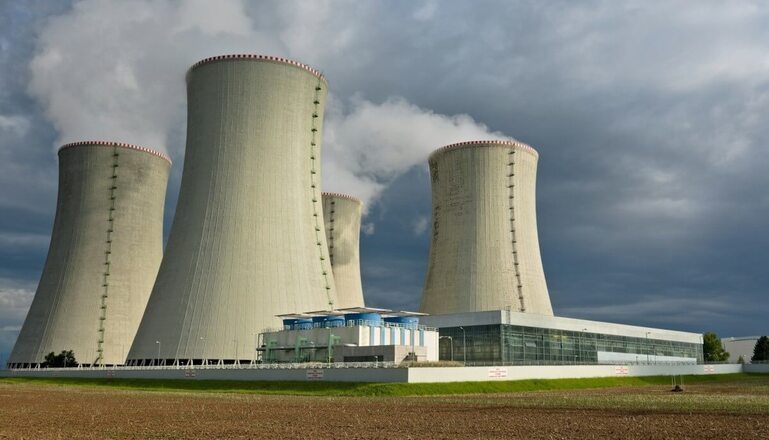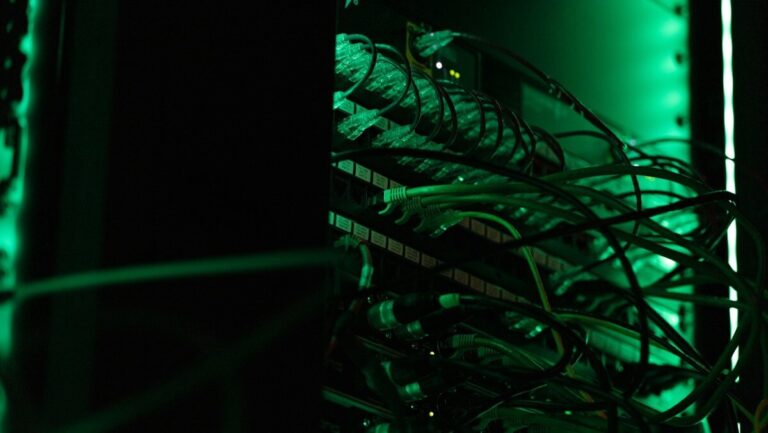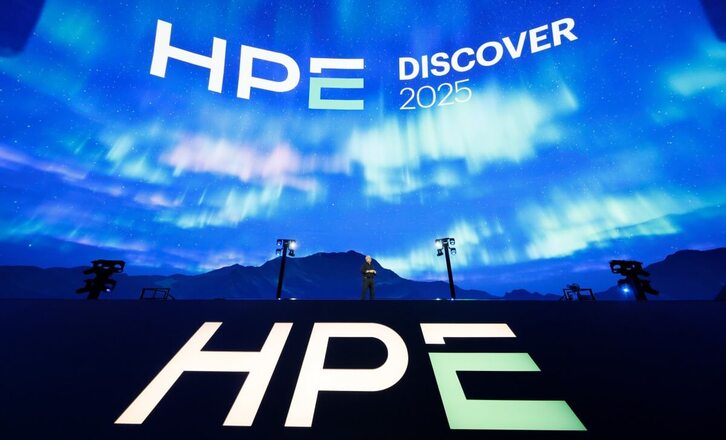
One of the world’s largest data center operators, Equinix, is expanding its focus on sustainable energy partnerships – to power the next wave of AI-driven digital infrastructure. As AI accelerates demand for computing power, Equinix is broadening its energy strategy beyond conventional utility contracts, striking agreements with alternative energy providers and investing in fuel cells and nuclear reactors.
The push comes at a time when global electricity consumption is rising sharply. According to the International Energy Agency, demand is forecast to grow by 4% annually through 2027, the fastest rate in recent years. A combination of widespread electrification, rapid growth in AI workloads, and resurgent industrial activity is driving this surge. For data center operators like Equinix, this trend poses a dual challenge: ensuring consistent, resilient power supplies while reducing reliance on carbon-intensive sources.
Equinix executives argue that the data center industry cannot depend on utilities alone to keep pace with soaring demand. The company is investing in transmission upgrades, substations, and backup systems alongside its utility partners to enhance grid reliability. At the same time, it is diversifying with on-site solutions such as solid-oxide fuel cells and exploring nuclear technologies that promise clean, scalable, and round-the-clock energy.
In a statement, Raouf Abdel, Executive Vice President of Global Operations at Equinix, underscored the urgency of this approach. “Access to round-the-clock electricity is critical to support the infrastructure that powers everything from AI-driven drug discovery to cloud-based video streaming,” he said. “As energy demand increases, we have both an opportunity and a responsibility to support the development of reliable, sustainable, scalable energy infrastructure that can support our collective future.”
Small Modular Reactors, Microreactors
Nuclear energy, particularly small modular reactors (SMRs) and other advanced designs, features prominently in the company’s strategy. In 2024, Equinix became the first data center operator to sign an agreement with a SMR provider, Oklo, securing 500MW of capacity from its Aurora powerhouses. Oklo’s fast reactors incorporate inherent safety features and can use nuclear waste as fuel.
Equinix has also preordered 20 microreactors from Radiant, whose portable Kaleidos units can be installed in days and integrated with existing data center transmission systems. In Europe, the company has signed a Letter of Intent with Amsterdam-based ULC-Energy to procure up to 250 MWe from Rolls-Royce SMRs, while also reserving 500 MWe from Stellaria’s molten salt Breed & Burn reactors – technology designed to recycle fuel and minimize long-lived waste.
Fuel cells form another pillar of the portfolio. Equinix has collaborated with Bloom Energy for over a decade and is now expanding deployment of solid-oxide fuel cells across 19 data centers in six U.S. states, amounting to more than 100MW of capacity. These systems not only provide resilient, localized power but also avoid significant carbon and water use – Bloom estimates Equinix will avert 285,000 metric tons of CO2 emissions and 382 billion gallons of embedded water consumption through this expansion.
Ali Ruckteschler, Senior Vice President and Chief Procurement Officer at Equinix, emphasized the company’s track record in energy innovation. “The potential challenges to powering reliable and sustainable digital infrastructure are considerable,” he said. “However, Equinix has always been at the forefront, signing the industry’s first agreement with a SMR provider and pioneering the use of fuel cells a decade ago. Powering AI infrastructure responsibly is a global priority, and with our operational expertise and close partnerships with governments and utilities, we are positioned to deliver safe, secure, and reliable AI solutions.”
Beyond sourcing clean energy, Equinix is also working to optimize consumption within its facilities. Since 2022, new data centers have adopted ASHRAE A1 Allowable standards, allowing for wider operating temperature ranges and reduced cooling requirements. The company is also expanding advanced liquid cooling technologies – such as direct-to-chip cooling – to more than 100 data centers across 45 metropolitan regions. These innovations are intended to support the high-density computing clusters that underpin AI workloads while maintaining efficiency.
Equinix’s long-term target is to operate entirely on renewable energy by 2030, a goal it says is already within reach. As of 2024, 96% of its global energy consumption is renewable, with 250 sites running on 100% clean power. The company’s broader vision is to combine clean sourcing with resilient infrastructure and innovative design to ensure that the digital economy – particularly AI – can scale sustainably.





